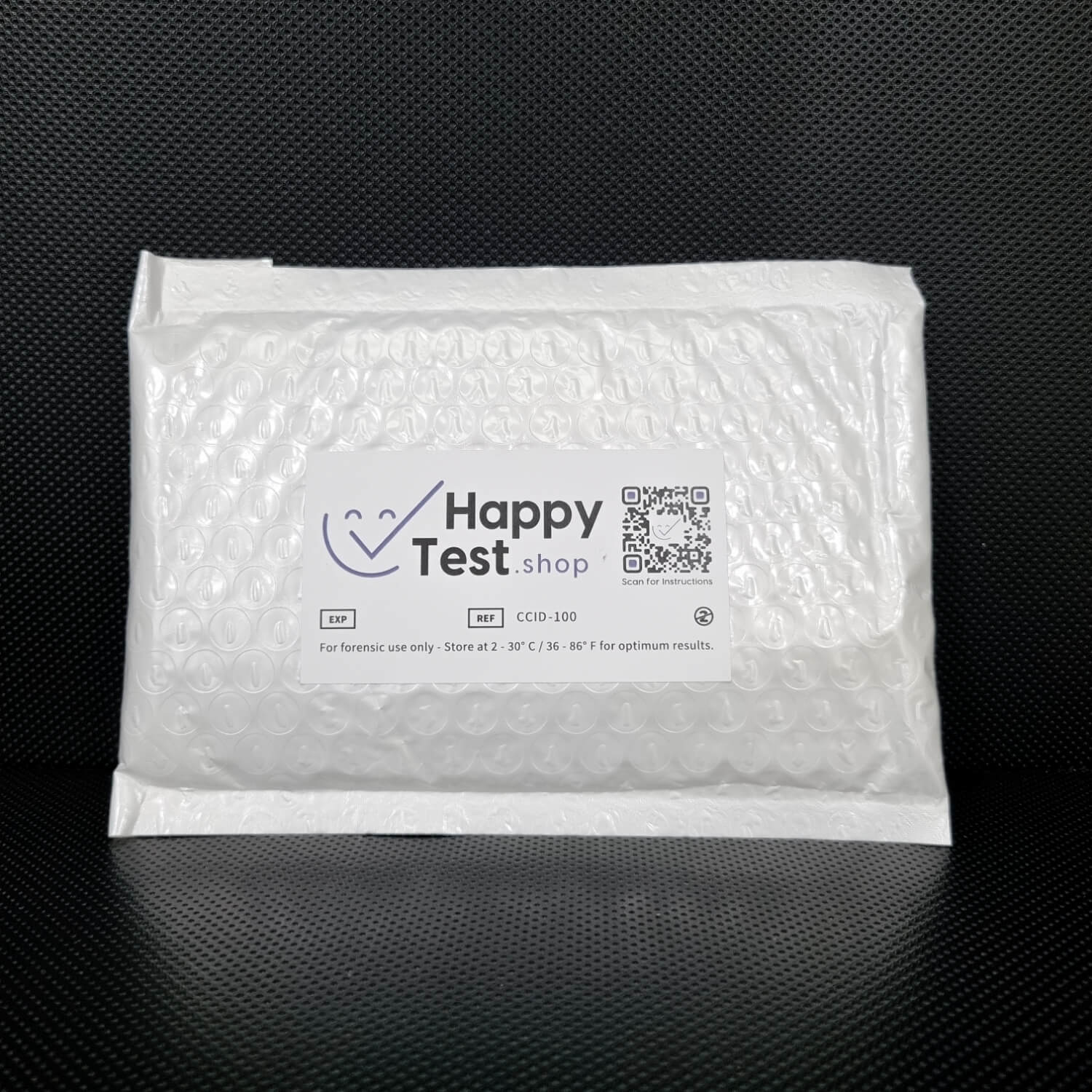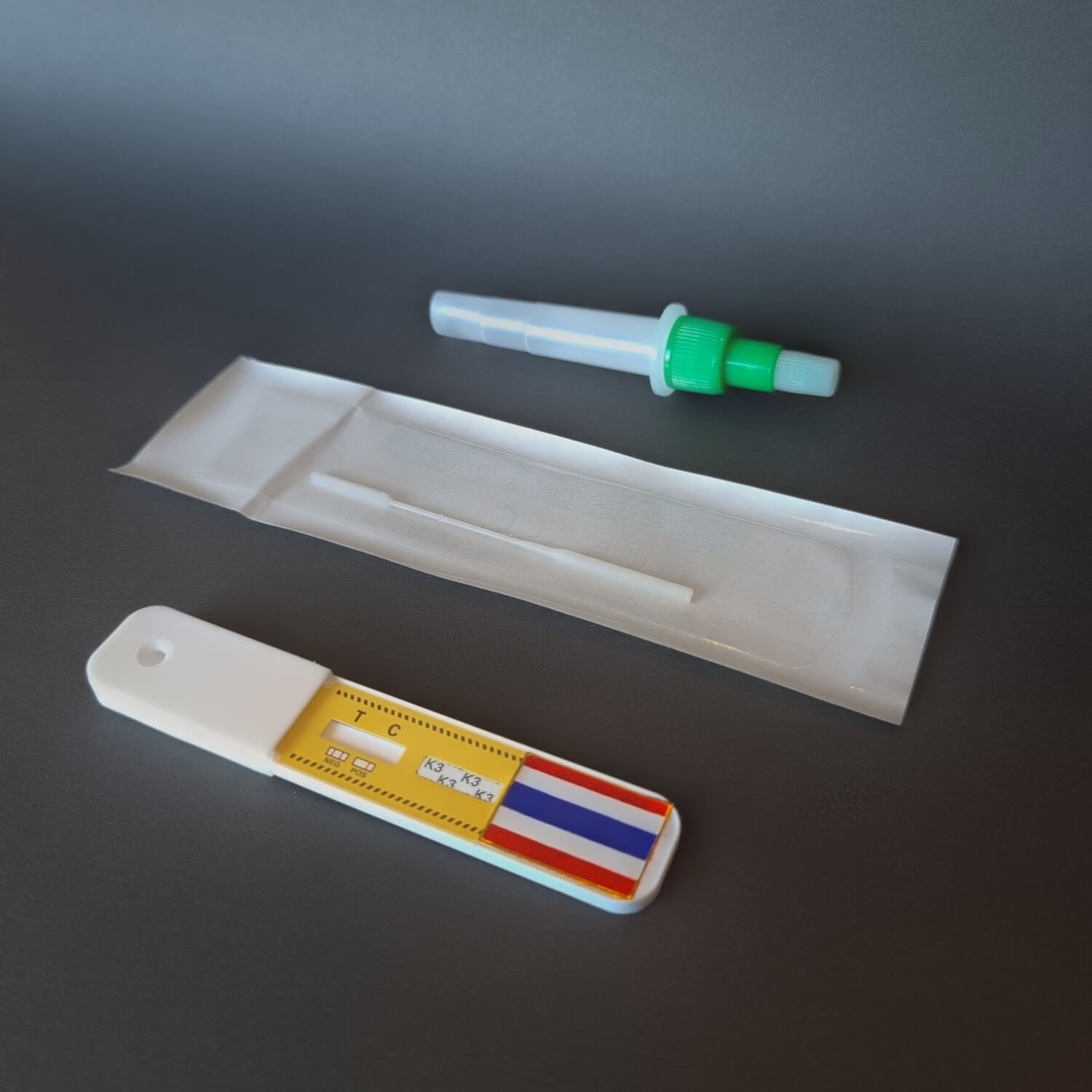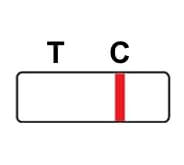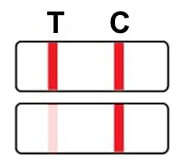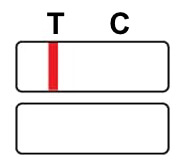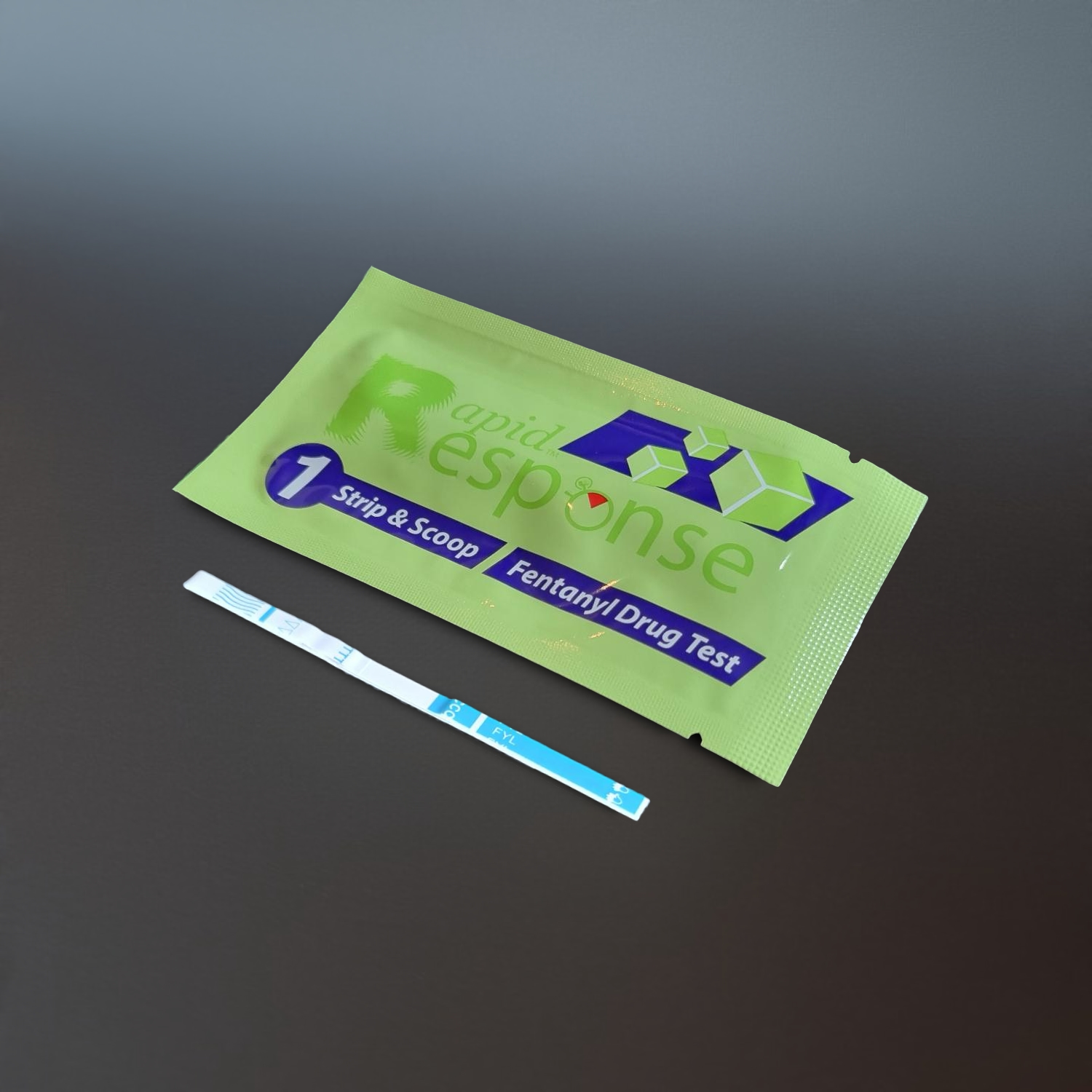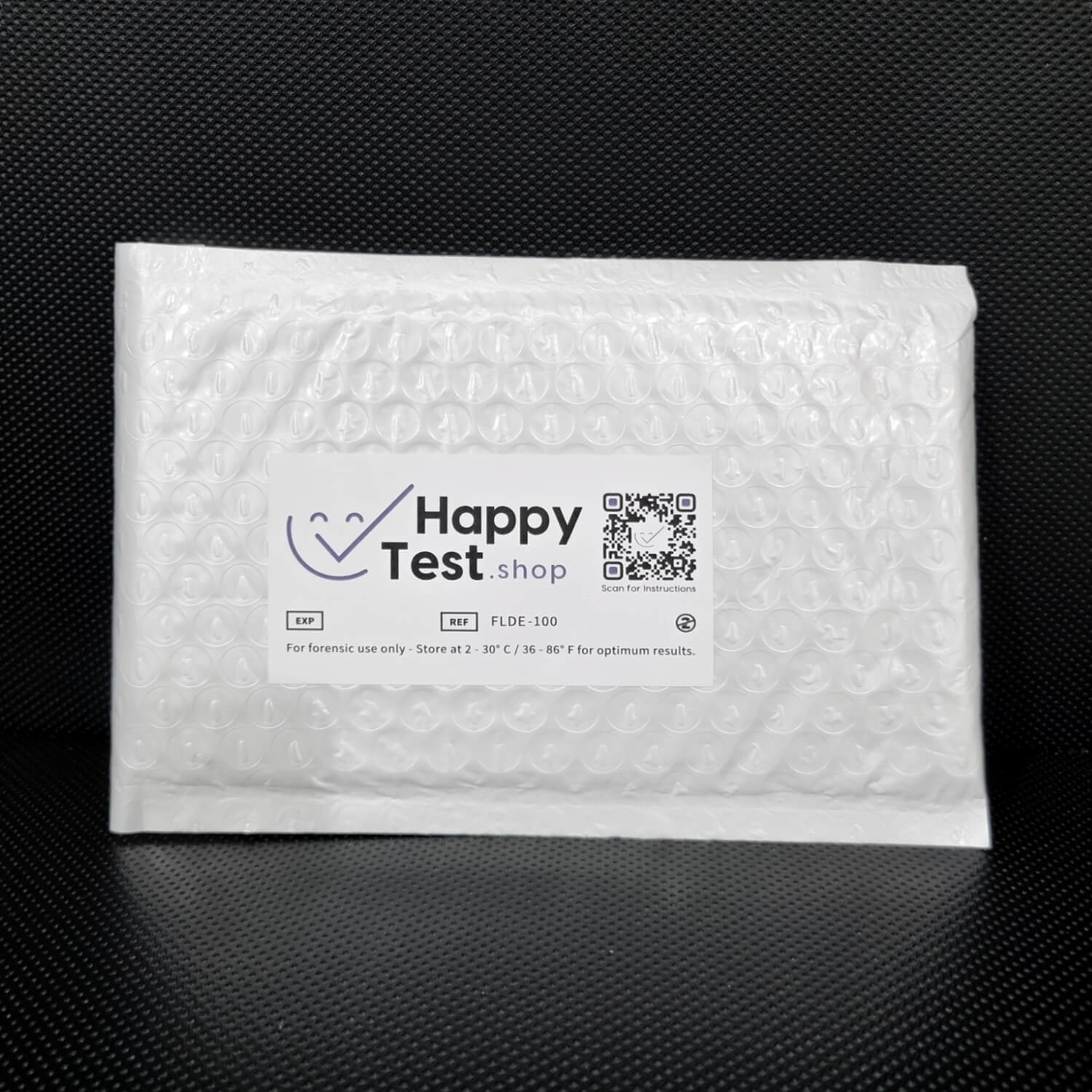Detect synthetic cannabinoids, including K3 varieties such as PINACA, BINACA, BUTINACA, FUBINACA, and more, with our reliable K3 Synthetic Cannabinoids Detection Test. These substances are commonly used as cutting agents in cannabis and CBD products, posing significant safety risks due to their unpredictable effects. This rapid test identifies these synthetic compounds in plant samples, powders, liquids, and even invisible traces on surfaces.
Ideal for ensuring product purity and safety, this test addresses the growing prevalence of K3 synthetic cannabinoids found in adulterated cannabis and certain e-liquids, particularly during the 2020–2024 period.
Key Features:
- Détecter les cannabinoïdes synthétiques : Accurately identify harmful K3 cannabinoid substances in cannabis.
- Capacités de test polyvalentes : Works with plant samples, powders, liquids like e-liquid (also known as a c-liquid), and even surface traces for maximum flexibility.
- Résultats rapides et précis : Fournit des résultats clairs et fiables en quelques minutes grâce à une simple réaction chimique.
- Essentiel pour la réduction des risques en Thaïlande : Protect yourself from unregulated cannabis suppliers and potentially dangerous products with this tool.
Comment utiliser le kit de test :
- Prélevez un petit échantillon de la substance ou de la surface à tester.
- Add a small amount of the sample to the ampoule containing the testing solution.
- Shake the mixture vigorously for 10 seconds and add a couple drops to the testing strip.
- Analyze the result compared to the positive or negative chart.
- Jetez l’ampoule et le matériel de test de manière responsable après utilisation.
Please follow the complete detailed instructions for this test kit here. This kit empowers individuals to verify the safety of their cannabis or related samples, and supports harm reduction efforts in Thailand’s evolving cannabis market.
